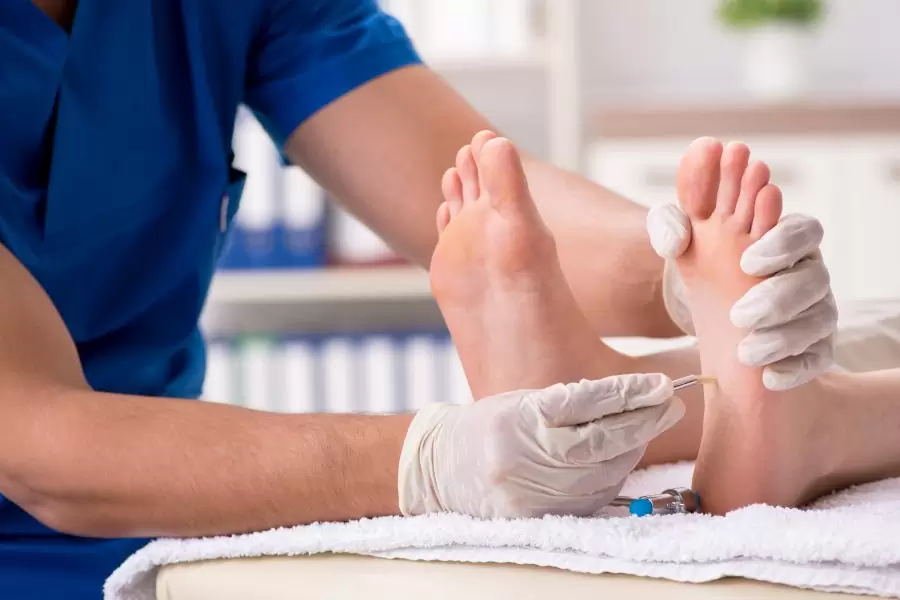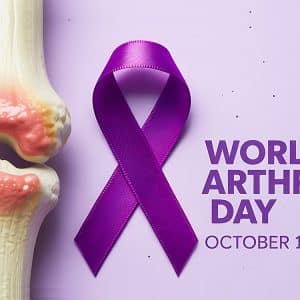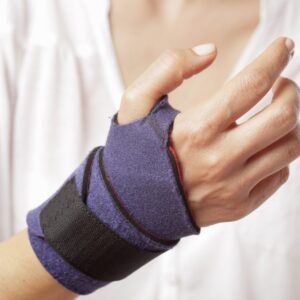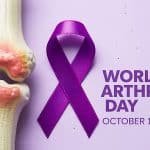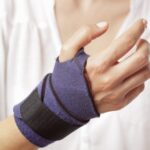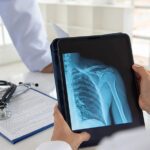Dr. Mehdi Abd Al-Sahib – Orthopedic Surgeon
Treatment of diabetic foot:
(1) Maintaining normal blood sugar levels (not more than 150 mg for the fasting person in the morning) is considered the most important measure to avoid health problems, including ulcers of the feet. It’s necessary to cooperate with the doctor to plan a proper diet, the method of checking blood sugar, and the types of shoes that the patient can wear. Learn about healthy, low-fat foods that are rich in fiber, in addition to fruits, and vegetables. It is important to double your physical activity and raise the body’s resistance through medications and to book appointments for visiting your doctor to examine your feet, eyes, and kidneys, at least once or twice a year.
(2) Routine examination of the feet daily or at least every second or third day, especially in the evening before bedtime, after washing the feet well and drying them in a well-lit place and paying attention to the presence of wounds, sores, red spots, swelling or infections under the nails. The patient can examine his feet by himself, and if he suffers from poor eyesight or difficulty in reaching his feet due to obesity and joint problems,
he can ask a family member to do this task. The examination begins by looking at the feet and then touching them with the hand to know their temperature and sensation, whether normal or abnormal. In order for the examination to be thorough for the whole foot, it must be in the following order: The general shape, size, and color, the leg and the surface of the foot, the toes and what is between them, the bottom of the foot, and finally the heel.
Upon examination, the patient looks for a change in the shape or color of the foot, wounds and cracks, redness and bubbles, swelling, and secretions. Contact your doctor if you notice any of the mentioned signs.
(3) Washing the feet daily with lukewarm water and checking the water to ensure that it is not hot using a thermometer, if available, or asking for the help of a family member. Dry the feet well after washing and make sure that there is no moisture between the toes. Use talcum powder to keep the skin dry between the fingers.
(4) Keep the skin of the feet smooth and soft by rubbing it with cream or Vaseline from the top and bottom. Do not put cream between your toes because it will lead to the gathering of fungi.
(5) For the treatment of corns in the feet, it is possible to use a flint rock after bathing to massage the feet and get rid of dead skin. Rub the skin gently and in one direction to avoid tearing. Do not rub cysts and bulges, and do not use a razor to remove fluid from inflamed cysts. It is preferable to consult a doctor immediately if you have infections, ulcers, and cysts.
(6) Trim the nails weekly after bathing or when necessary using special scissors. Trim in a straight line and use a file to remove burrs at the tip of the nail and avoid trimming deep into the corners of the nail. If it is difficult for the patient to see his toes clearly, he can seek the help of a family member.
(7) Wear appropriate soft shoes that protect the feet from injuries, and check for soft lining and absence of foreign and solid bodies inside the shoes. To keep the feet dry and avoid swelling and infections, it is preferable to always wear woolen or cotton socks and to avoid walking barefoot because it is easy for the patient to trample on something hard and damage his feet.
(8) Keep the feet away from heat by wearing shoes when walking on hot ground and placing sunscreen on the feet to prevent sunburn. Keep the feet away from sources of fire and do not use hot water on the feet. In winter, it is recommended to wear socks while sleeping. If the patient notices the appearance of sores or wounds on the feet, he should contact the doctor.
(9) Maintaining blood flow in the feet. By moving the feet in all directions every 5 -10 minutes and raising the feet while sitting and avoiding crossing legs for long periods of time. Avoid wearing tight or latex stockings. Stay away from smoking because it reduces blood flow to the feet. Treat high blood pressure or cholesterol if you suffer from them.
(10) Exercising, walking, swimming, and cycling. Avoid difficult and exhausting activities such as running and jumping. Always make sure that there is a warm-up period before starting the exercise and a cooling period to restore the calmness of the body and muscles.
We wish you good health.
